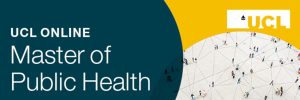
Traditionally, statistics has been taught in a class-room environment, usually in computer laboratories. The standard method has included a mix of instructional lectures and practical computer sessions. During the COVID pandemic attempts were made to adapt this to the online environment. One challenge from a statistics education perspective was the lack of empirical results, discussion, and research about teaching and learning in an online statistics course. This often resulted in the lecturer sharing their screen of a statistical programme such as STATA, SPSS or R, and walking the students through statistical syntax and output. There was little discussion about which theoretical frameworks best informed how students learnt statistics at a distance, how instruction was best delivered and which types of technologies were most helpful for learning specific statistical concepts online.
In this blog post, we discuss how a statistics class can be better transitioned online whilst ensuring experiential learning and skill development using the evidence base for:
- Online instructional strategies
- Online course design
- Online pedagogical approaches
The fully online Master’s in Public Health (MPH) module ‘Statistics for Public Health’ is used as a case study to demonstrate the application of these. The aim of this module was not to take an adaptive approach involving the mapping of the computer laboratory experience to an online environment, but Instead to devise a new innovative way of teaching statistics. The content for this blog is delivered though an articulate package (please click here) so that the audience can view examples of content from statistical teaching on the MPH.
